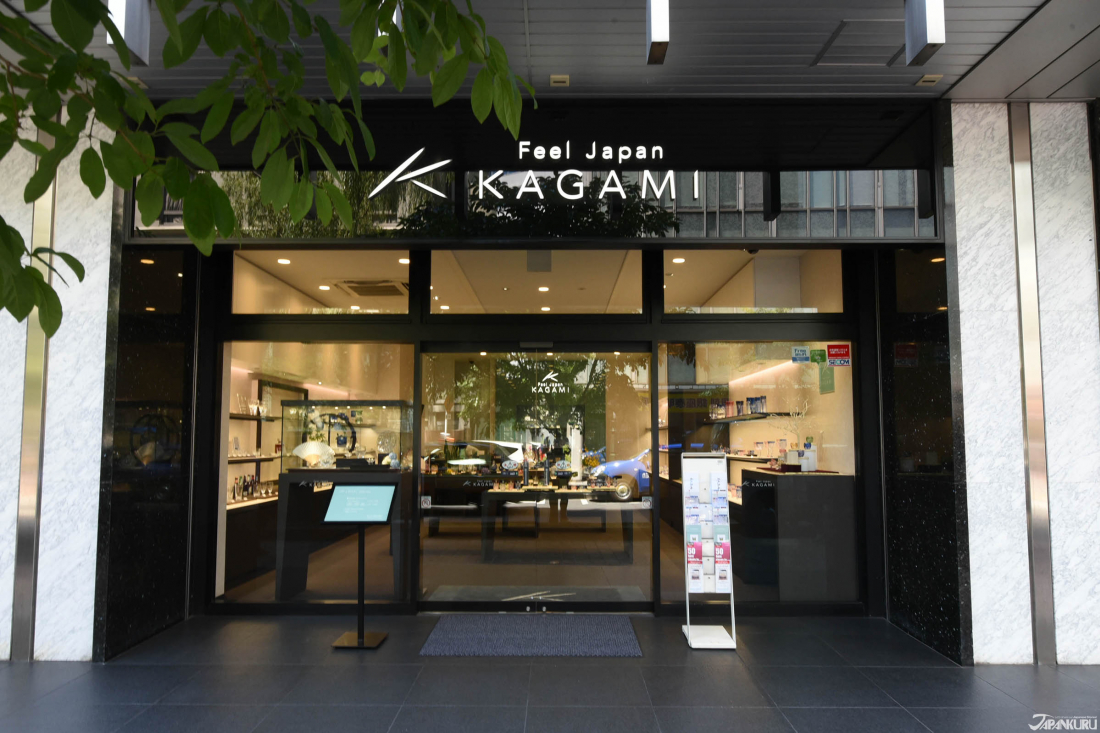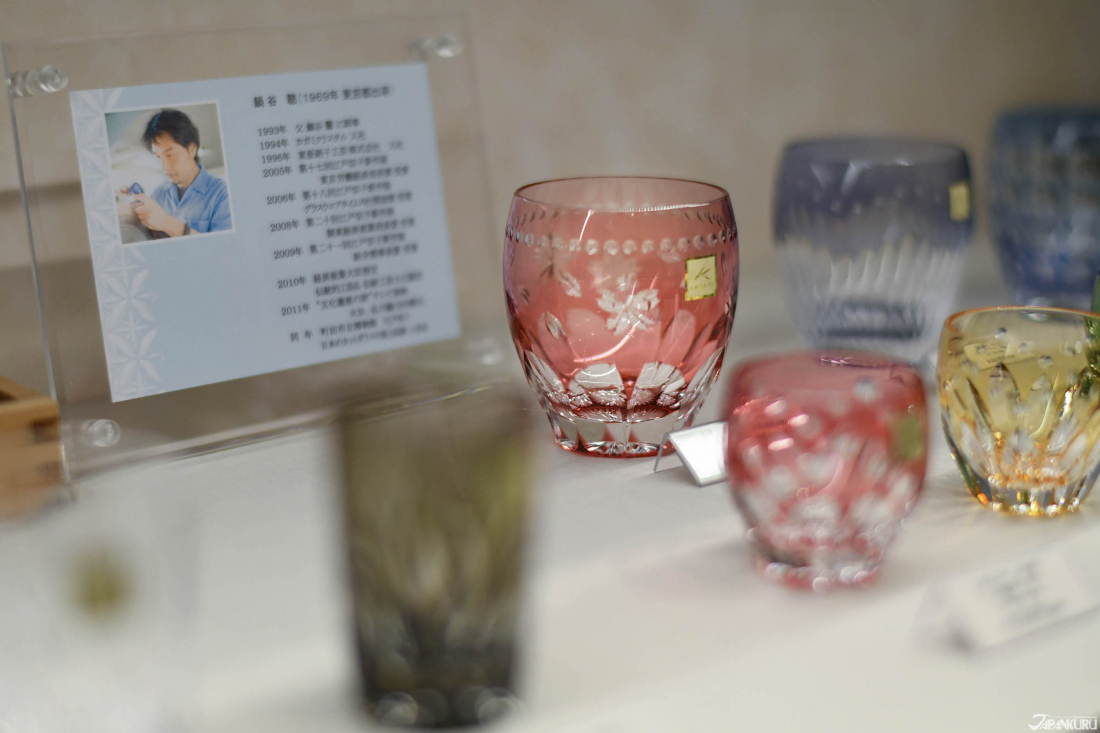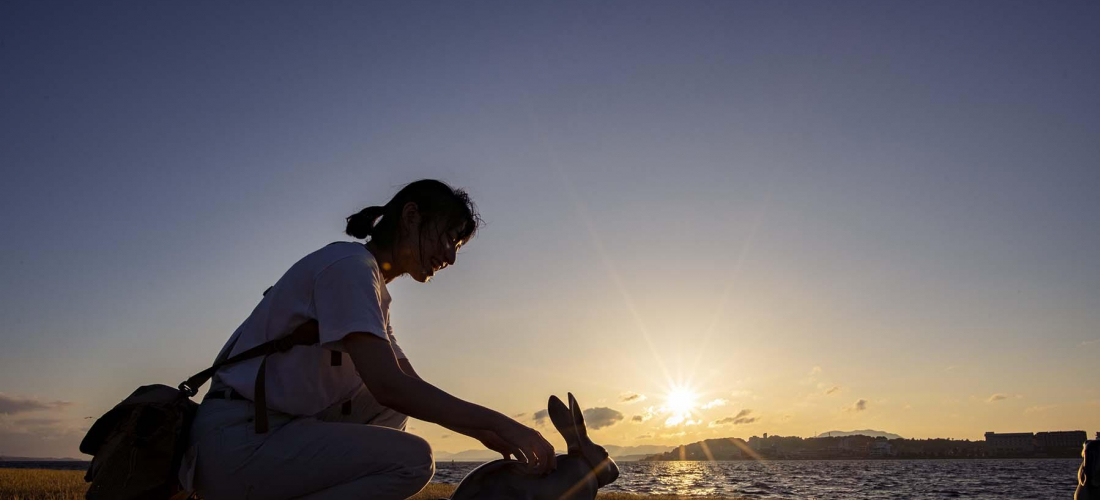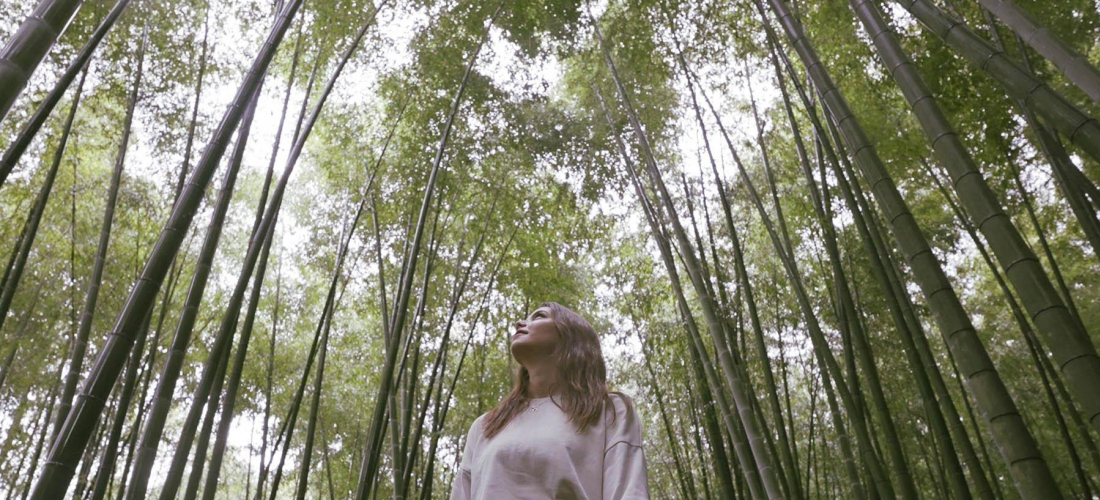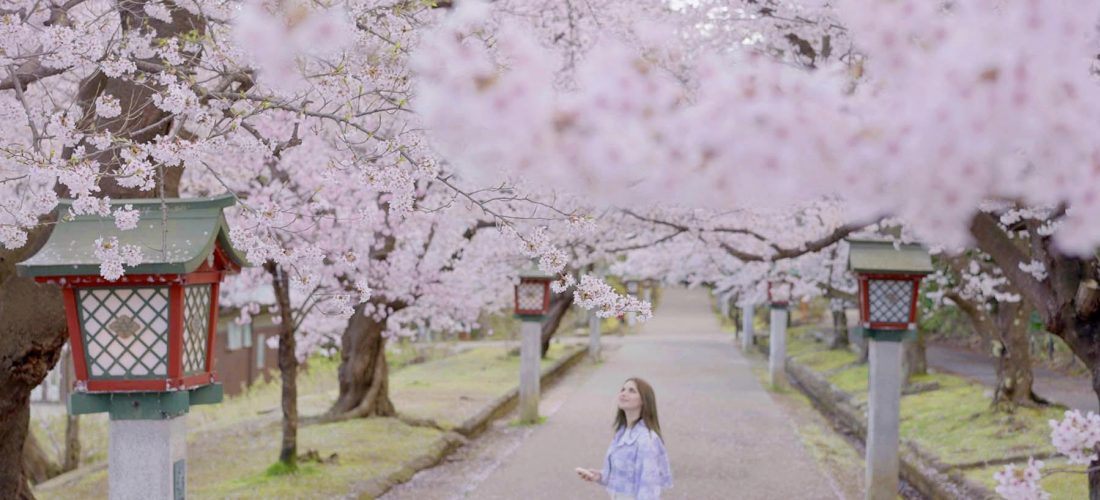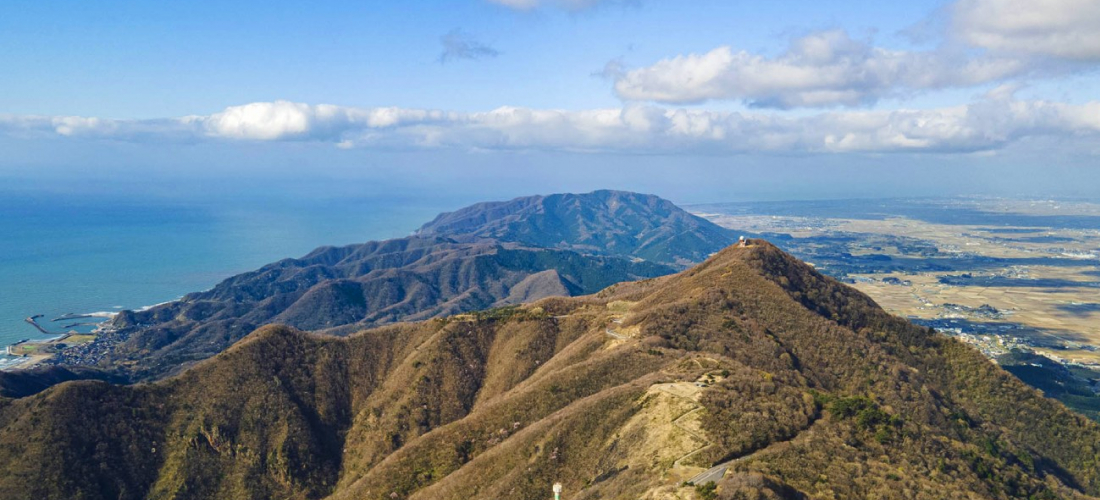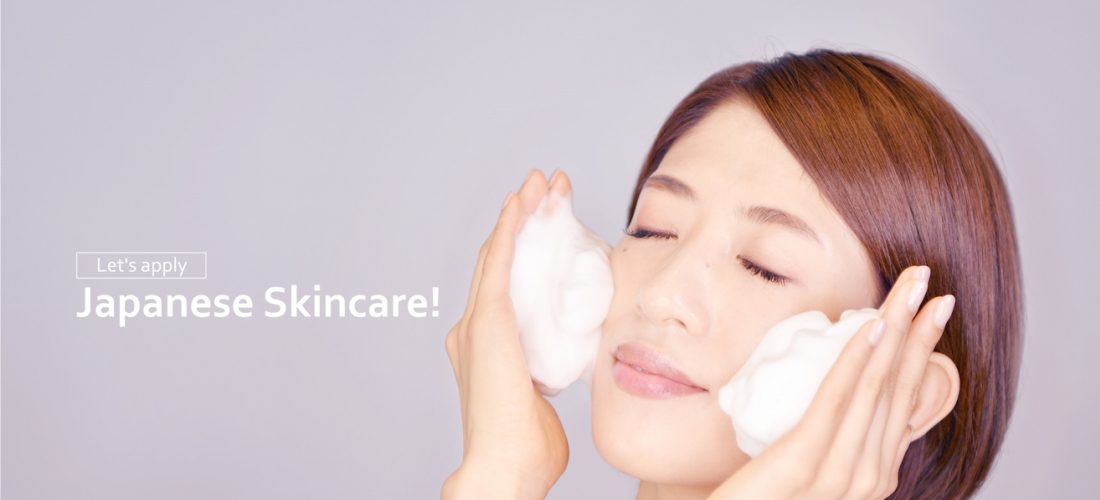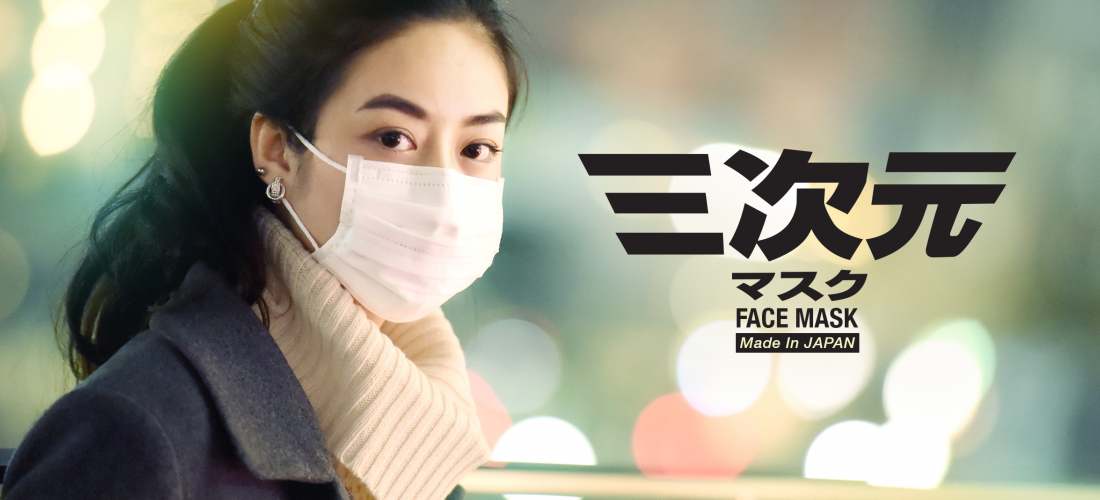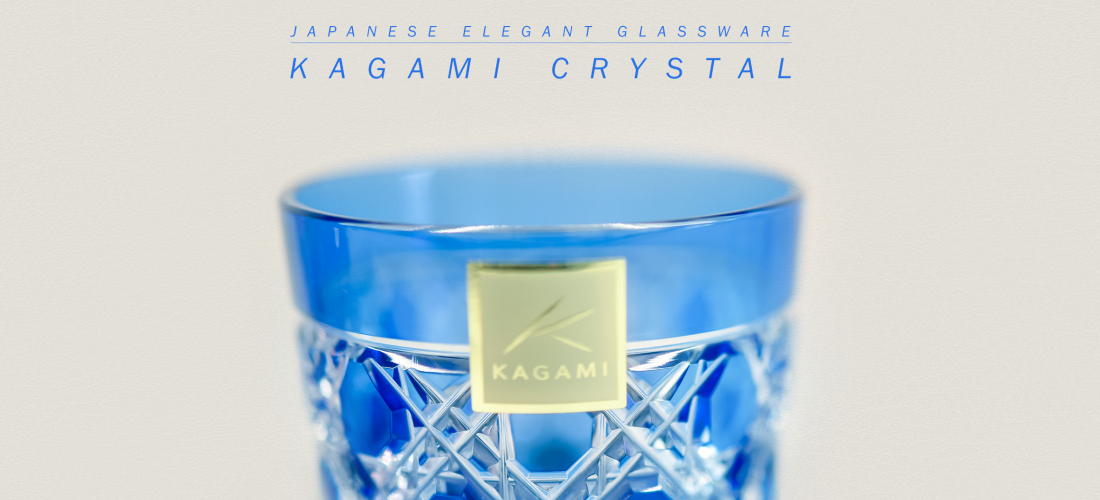
Le travail du verre d’Edo Kiriko est un des plus beaux arts traditionnels du Japon. Vous pourrez admirer l’un des meilleurs artisanat japonais dans la boutique tokyoïte Kagami Crystal.
Le premier atelier de verre en cristal du Japon depuis 1934
Adoré par l'agence impériale du Japon
La laque? le bambou? la menuiserie? l'origami?
Eh bien, vous n'avez pas tort, mais cette fois-ci, JAPANKURU aimerait vous présenter une partie de l'artisanat du Pays du soleil levant que vous n'avez jamais vu jusqu'à présent:
Nous parlons bien du verre!
Croyez-le ou non, la relation du Japon avec le verre date du troisième siècle (période Yayoi)
mais ce n'est que durant la période Edo (1615-1868) que l'art du verre que nous connaissons aujourd'hui
s'est véritablement implanté.
Voilà pourquoi nous aimerions aujourd'hui vous faire partager le "Edo kiriko"
et vous montrer où vous en procurer: dans la boutique la plus populaire du Japon à Ginza, Tokyo.
Vous trouverez deux types de verres dans la boutique Kagami Crystal.
Le verre en cristal et l'Edo kiriko.
Le verre en cristal consiste en un amoncellement de matériaux pures qui formeront un verre transparent.
L'Edo kiriko, qui est le principal artisanat venu de Tokyo, est taillé dans le verre,
dont les coupures, fines et méticuleuses,
ne peuvent être produites que par les mains d'artisans japonais.
Mais comment arrivent-ils à taillé de si délicates oeuvres d'art?
Nous y viendrons un peu plus tard, mais tout d'abord, il est important de savoir ce que "coupure" désigne.
Les "coupures" font références au verre qui a été taillé en disques faits d'émeraudes
ou autres pierres précieuses.
C'est ainsi que des motifs apparaissent sur celui-ci.
Ces formes produiront alors différents effets visuels en fonction de l'angle et de la lumière
au travers d'un procédé délicat.
A l'origine, on utilisait seulement du verre transparent mais des verres colorés tels que le jaune, le rouge ou le bleu sont progressivement apparus. Ce qui fait du Edo Kiriko unique sont ses motifs fins, simples mais sublimes, qui ont été taillés à la main. Il sont d'une certaines manières similaires à ceux qu'on voit sur les kimono car ils représentent généralement des crysanthèmes, des feuilles de bambous ou des formes géométriques.
C'est en 1985 que l'Edo Kiriko a été désigné comme un artisanat de Tokyo et en 2002 qu'il est reconnu comme un art japonais! Il est facile de comprendre pourquoi! Les disques de verres amoncelés sur plusieurs couches sont tout à fait étonnants.
"Kiriko" (切子) veut dire "facette" en japonais, et désigne les multitudes de motifs qui sont gravés sur la surface du verre.
Quel est le procédé utilisé pour tailler l'Edo Kiriko?
Premièrement, sachez qu'il y a une très large panoplie de roues pour tailler le verre Edo Kiriko!
Waridashi (割り出し) ou Sumitsuke – permet d'utiliser de l'encre afin de dessiner les contours des motifs qui seront taillés dans le verre.
Arazuri (粗刷) – sert à graver les premiers contours dessinés. Certains utilisent un mélange d'émeri et d'eau afin de couper dans le verre.
Sanbankake (三番掛け) – applique une poudre d'émeri pour des coupures plus détaillées.
Ishikake (石掛) – est une pierre à aiguiser qui permet de lisser le verre.
Migaki (磨き) – utilisé pour polir l'oeuvre d'art.
Bafukake (バフ掛け) – utilisé pour lustrer le verre.
Kagami Crystal a installé son premier atelier en 1934 au Japon. Le verre en cristal et l'Edo Kiriko produit par Kagami Crystal a non seulement gagné de nombreux prix dans le monde entier, mais est aussi apprécié et utilisé par la famille impériale ou le ministre des affaires étrangères. A l'intérieur de la boutique, vous y verrez même une bouteille de parfum WHITE ROSE de SHISEIDO ou une bouteille commémorative de whisky Suntory.
Kagami Crystal ne possède pas que des produits originaux créés par son atelier, il emploie de nombreux artisans locaux.
En vous arrêtant à la boutique, vous pourrez admirer comment ces artistes expriment leur amour, leur créativité et leur détermination au travers de l'Edo Kiriko.
Grâce aux couleurs chatoyantes de ce dernier, Kagami Crystal fabrique également des colliers.
Si vous pensiez que les détails minutieux sur le verre était incroyable, attendez de voir le travail mis à l'oeuvre sur les colliers.
Vous cherchez toujours quels cadeaux ramener du Japon?
Le verre est relativement bon marché du fait d'être produit massivement et rapidement. Néanmoins, cela prend à peu près un mois pour fabriquer une simple oeuvre d'Edo Kiriko. C'est pourquoi il est facile d'imaginer à quel point Kagami Crystal représente le raffinement à la japonaise. Vous pouvez apercevoir les merveilleuses compétences de chacun des artisans rien que sur nos photos. Nous espérons que vous aurez l'occasion de visiter Kagami Crystal et peut-être même de récupérer un produit en verre Edo Kiriko. Cela reste un des meilleurs moyens de ramener chez vous l'esprit japonais, que ce soit pour vous ou pour offrir à un proche.
La boutique de Kagami Crystal est une boutique sans TVA.
Les achats de plus de 5000 yens sont exonérés pour les touristes étrangers, donc n'oubliez pas votre passeport!
Plus d'info ici!
KAGAMI CRYSTAL
・Adresse: Daiwa Ginza Bld 1st Floor, 6-2-1 Ginza, Ginza, Chuo-ku, Tokyo
Google Maps
・Accès: 5 minutes à pied depuis la gare de Tokyo Metro Ginza sortie C2 / 6 minutes à pied depuis la gare JR Yurakucho Central Exit
・Heures d'ouverture: du lundi au vendredi 11:00-19:30 / Weekends et jours fériés 11:00-18:30
💻Kagami Crystal Official Website (English)
Avez-vous un coup de coeur pour un des produits Kagami Crystal en photo dans cet article?
N'hésitez pas à laisser un commentaire ci-dessous!
Partagez votre expérience avec nous!
Restez connecté pour de nouveaux articles originaux chaque jour sur JAPANKURU.
Et ajoutez-nous sur Google+, Instagram, Facebook pour partager vos photos du Japon!
Details
NAME:Kagami Crystal
MAP
Daiwa Ginza Bld 1F, 6-2-1 Ginza, Chuo-ku, Tokyo
ACCESS:Ginza Station
PROFILE
Follow us @Japankuru on Facebook, Instagram, and Twitter!
COMMENT
FEATURED MEDIA
VIEW MORE
Narita Airport Tax-Free Shopping List 나리타공항 면세점 쇼핑 리스트 #pr #calbee #jagapokkuru #japanesesnacks #japanesefood #japanesesouvenir #japantravel #japantrip #naritaairport #hokkaido #나리타국제공항 #나리타공항면세점 #나리타공항면세점과자 #일본공항면세점 #일본기념품쇼핑리스트추천 #공항면세점쇼핑리스트 #일본과자추천 #면세점일본과자 #일본기념품추천 #일본과자 #자가폿쿠루 #일본간식 #일본과자쇼핑 #일본면세점필수템 #일본기념품쇼핑

Asakusa's Sanja Matsuri, one of the biggest festivals in all of Tokyo, is almost here! Make sure you check out the festival route so you don't miss all the festivities this May. #asakusa #sanjafestival #sanjamatsuri #asakusashrine #sensoji #sensojitemple #japanesefestival #shintoshrine #japaneseculture #tokyo #tokyotrip #tokyotravel #asakusasightseeing #matsuri #japantrip #japantravel #springinjapan #tokyotravel #japankuru #산자마츠리 #아사쿠사 #일본마츠리 #일본여행 #일본5월

Odaiba's DiverCity Tokyo Plaza is home to the famous real-size 20m-tall Unicorn Gundam, and the popular shopping center has even more Gundam on the inside! Check out the Gundam Base Tokyo on the 7th floor for shelves upon shelves of Gunpla, and the Gundam Base Tokyo Annex on the 2nd floor for cool anime merchandise. Both shops have tons of limited-edition items! #pr #odaiba #tokyo #tokyotrip #japantrip #japantravel #PR #divercity #divercitytokyoplaza #tokyoshopping #gundam #unicorngundam #gundambasetokyo #anime #otaku #gunpla #japankuru #오다이바 #다이바시티도쿄 #오다이바건담 #건담 #일본건담 #건프라 #건담베이스도쿄

Evangelion, in miniature!? Tokyo's SMALL WORLDS Miniature Museum is actually a must-see for anime lovers, thanks to the tiny Evangelion Hangar and Tokyo-III... plus a whole universe of other scenes both real and fictional. #smallworlds #smallworldstokyo #tokyotrip #tokyotravel #evangelion #eva #anime #miniature #miniatures #animefigure #japantrip #japantravel #에반게리온 #스몰월드 #에반겔리온 #スモールワールズ #오다이바 #아리아케

Have you sat down for a snack at Sumida Aquarium yet? This aquarium next to Tokyo Skytree is known for its penguins and garden eels, but we can't get enough of their cute snacks! There are lots of good seats around the aquarium, too, so it almost feels like one big cafe. 🐧 • Find out more at Japankuru.com! (Link in bio.) • #japankuru #sumidaaquarium #skytree #tokyoskytree #solamachi #sumida #tokyo #tokyotrip #tokyotravel #aquarium #japanesesweets #themecafe #すみだ水族館 #Japan #日本 #일본 #Japon #ญี่ปุ่น #Japão #япония #japantravel #日本旅行 #日本旅遊 #japan_of_insta #japantrip #traveljapan #japan🇯🇵 #igerstokyo #explorejapan

For anime fans, the Evangelion areas at Small Worlds Miniature Museum are a must see! The tiny miniature people in the Evangelion Hangar look like ants beneath the moving Unit-01, Unit-00, and Unit-02! And over in Tokyo-III, characters like Shinji, Rei, and Katsuragi live life on a miniature scale. #odaiba #tokyo #tokyotrip #japantrip #japantravel #ariake #smallworlds #miniaturemuseum #smallworldstokyo #tokyotravel #evangelion #eva #anime #miniature #miniatures #animefigure #japankuru #스몰월드 #에반게리온 #오다이바 #오다이바관광 #오다이바스몰월드 #미니어쳐




